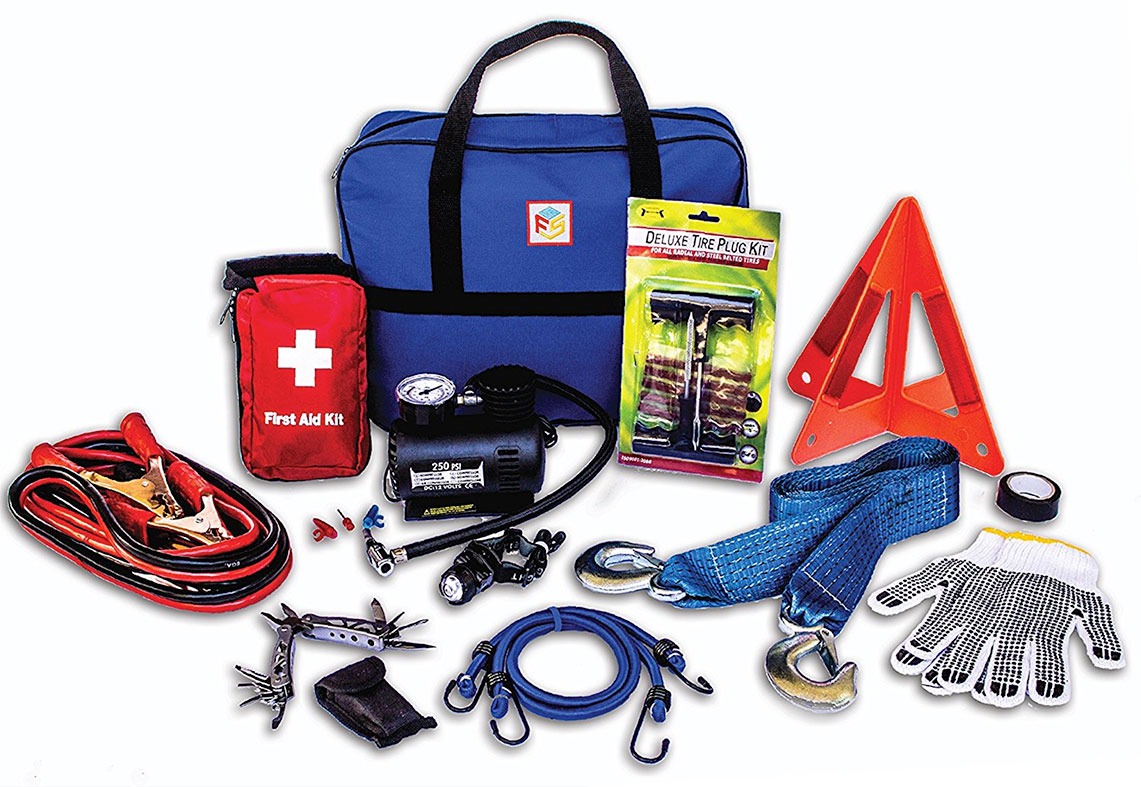
Winter is here and its elements can have dire effects on our belongings if we do not take the appropriate measures to properly prepare and protect—especially our cars.
Preventative maintenance is necessary to make sure your vehicle stays in pristine condition for anything it may encounter during the colder season; with about 21% of annual car crashes happening due to adverse weather or slick roads (Federal Highway Administration), it’s imperative to be ready and to anticipate for anything to happen before getting on the road. Even more so, it will help to save you time, money, and stress so you can direct your attention on what matters most when driving on the road.
Here at Joe’s Auto Parks, we are all about taking care of you and your vehicle. Here are just a few tips to help you coast through the cold and enjoy a smooth trip through the winter.

1. Check Your Battery
Have your car battery, charging system, as well as all cables and terminals, tested by a trained technician. Cold temperatures can dramatically reduce the power needed for a car to start efficiently, and can even affect the way it operates from just 6 months ago. Remember: if your battery is not working, neither is your car.

2. Reinforce Your Belts & Hoses
The belts and hoses under the hood of your car are susceptible to the winter temperatures; according to YourMechanic.com, most of these parts are made of rubber, which decomposes over time and loses flexibility in colder temperatures. You should be sure to have all the belts & hoses analyzed by a mechanic to ensure optimal performance, and replace them as needed.

3. Inspect Your Tires
Have your tires inspected for type and tread to ensure they are appropriate for the winter months; different seasons bring about different elements that tires are not naturally suited for, and you should ensure your tires are ready for whatever is in store for the region you live in or plan to travel to. Additionally, inspect the air pressure in your tires, as they lose pressure when the temperatures drop. AAA notes that checking the air pressure is vital, because “underinflated tires also have higher rolling resistance, which reduces fuel economy. And, they wear more rapidly at the outer edges of the tread, which means replacement will be necessary sooner than with properly inflated tires.” Save yourself future stress by being knowledgeable & diligent.Proper tire pressure levels can be found in the owner’s manual and typically located on driver’s doorjamb.

4. Investigate Your Brakes & Lights
It is imperative for you to see and be seen, and have the ability to stop in a moment’s notice; before getting on the road, verify that your brakes and lighting systems are working in excellent condition. According to Car Care.org, both are key elements to operate your vehicle year round, particularly during the colder months. Because of the unexpected events that can occur, auditing these components is of great importance for your automobile and personal safety. Take a look at your headlights, taillights, brake lights, turn signals, emergency flashers and back up lights. Also, inspect your brakes to make sure your pads are intact, and be sure to replace them when the time is right. All are extremely significant components of your safety system.

5. Flush and Refill Fluids
You will need to have all of the fluids under your hood analyzed. Specifically, the coolant levels as well as the brake, transmission, washer and power steering fluids are vital to your car working in peak condition. Pay special attention to the antifreeze; it keeps the engine’s coolant from freezing. AAA recommends that “if the levels of coolant are low add a 50/50 solution of water and coolant to maintain the necessary anti-freeze capabilities.”

6. Prepare an Emergency Kit:
Make sure to have an emergency kit with the right components in your car. Your emergency kit is paramount in the case of a car battery dying, running out of gas, a flat tire or any other number of unfortunate circumstances that could happen with your car. Your Kit should include things like a flashlight, drinking water, a first aid kit, jumper cables, paper towels, some warning devices like (flares or triangles), blankets, and snacks.

7. Seek A Safe Location for Emergencies
If you ever find yourself in trouble while out in the cold, find a safe, covered, and brightly lit space to plan your next move. Our many lots and garages throughout Downtown Los Angeles have the hourly or daily parking you need to avoid unnecessary tickets, overwhelming city traffic, and dangerous incidents you could encounter just by being on the side of the road. Moreover, we have secure, affordable, and easily accessible facilities throughout the city to keep you warm and away from any hazards.
DRIVE SAFELY
We want to ensure you’re properly prepared before heading out on the road. Although these tips are best to keep in mind during the colder months, it would also behoove you to make these checkups throughout the year. Bookmark this article for easy reference, and check back here for more valuable information to get you and your car safely from Point A to Point B.

Comments are closed.